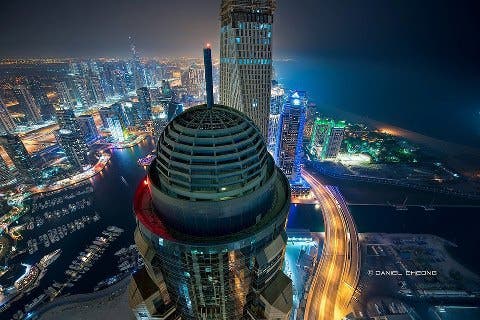As I keep telling people, water isn’t an infinite resource – if you consume it at a high enough rate, it will run out. This is what NASA warns is already happening in the Middle East, where due to overconsumption and bad water management, an amount of freshwater almost the size of the Dead Sea has been lost.
The study will be published by NASA in Water Resources Research, a journal of the American Geophysical Union; it examined gravimetric data over 7 years years from 2003 using a pair of gravity-measuring satellites which is part of NASA’s Gravity Recovery and Climate Experiment or GRACE. The study found that Turkey, Syria, Iraq and Iran along the Tigris and Euphrates river basins had lost 144 cubic kilometers of freshwater, the second most accelerated water deplition in the world – the first being India. The most damage was caused by numerous water pumps pumping the underground water to the surface. Loss of surface lakes and rivers also cut out a big chunk.
“This rate of water loss is among the largest liquid freshwater losses on the continents,” the authors wrote in the study, noting the declines were most obvious after a drought.
The study is yet another evidence of a closing global water crisis; in the Middle East, where demands have dramatically increased due to aridic conditions and war, the effects are of course much more severe. Some impoverished countries, like Yemen, blame the waste of the richer neighbors from the oil-rich Gulf – who have created bedazzling cities in the middle of the desert, at the expensive of massive quantities of water.

The thing is, the Middle East already has low water reserves; if this situation perpetuates, things will become dramatic – fast. With Turkey controlling the Tigris and Euphrates headwaters, as well as the reservoirs and infrastructure of Turkey’s Greater Anatolia Project, which dictates how much water flows downstream into Syria and Iraq, only a joint water management between these three countries can help things out. If things continue this way, with Turkey diverting more and more water for its own needs (mostly irrigation), tension will definitely rise.
“They just do not have that much water to begin with, and they’re in a part of the world that will be experiencing less rainfall with climate change,” Famiglietti said. “Those dry areas are getting dryer. They and everyone else in the world’s arid regions need to manage their available water resources as best they can.”
“That decline in stream flow put a lot of pressure on northern Iraq,” Kate Voss, lead author of the study and a water policy fellow with the University of California’s Center for Hydrological Modeling in Irvine, said. “Both the UN and anecdotal reports from area residents note that once stream flow declined, this northern region of Iraq had to switch to groundwater. In an already fragile social, economic and political environment, this did not help the situation.”
Source





